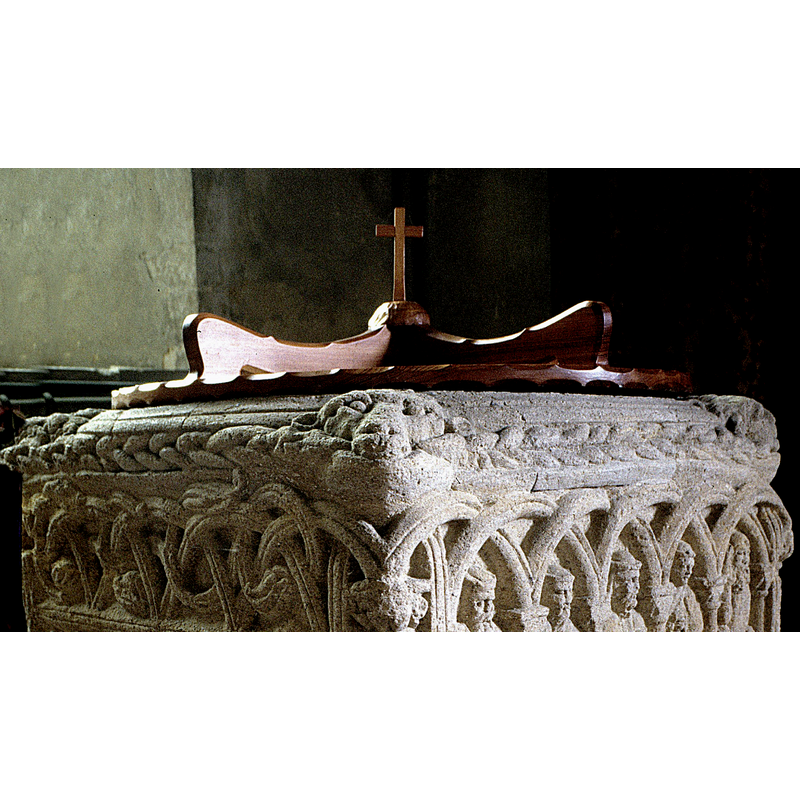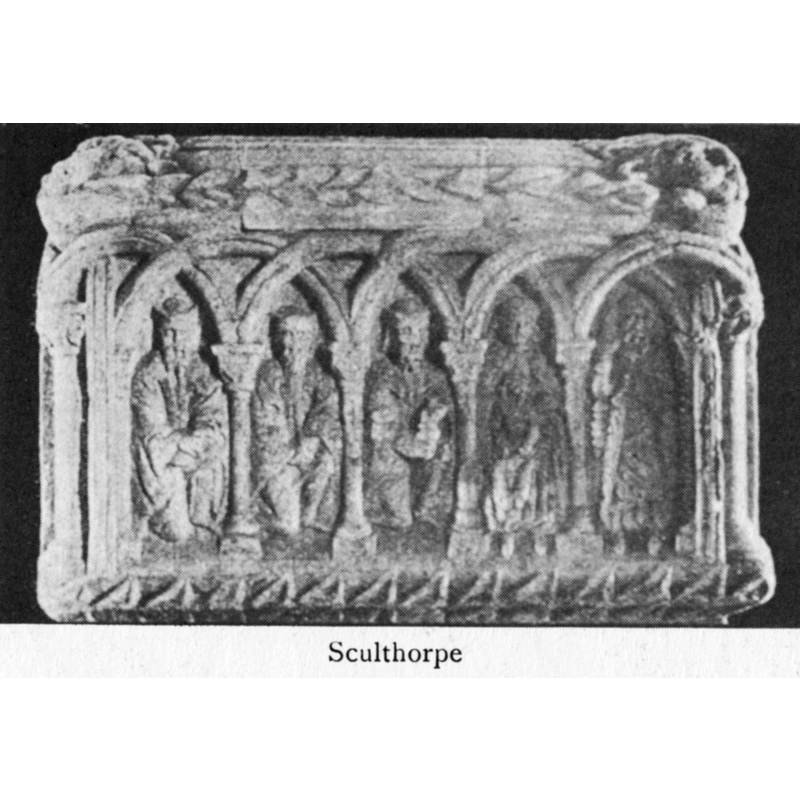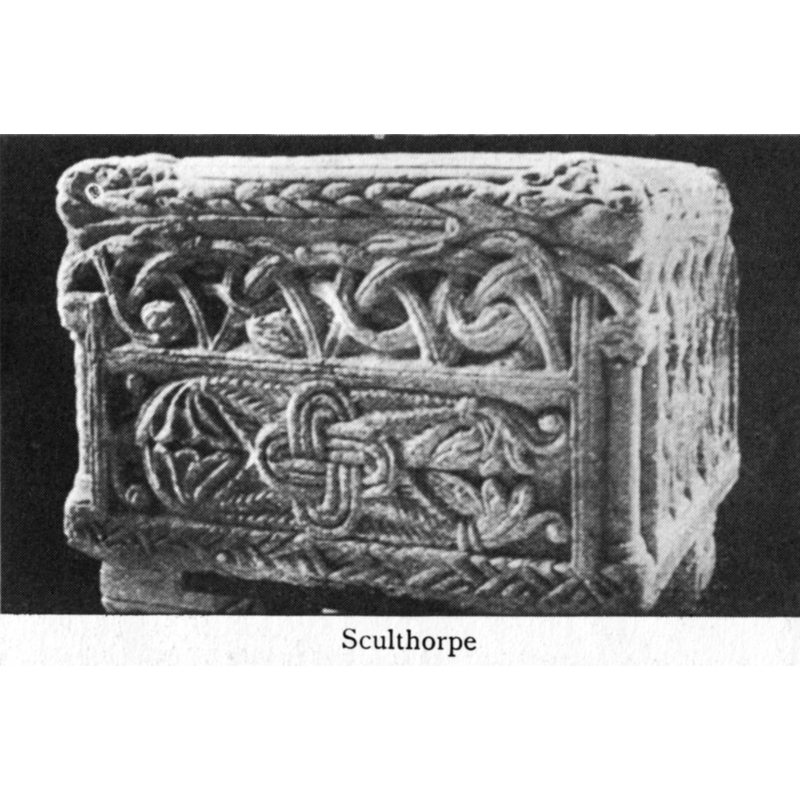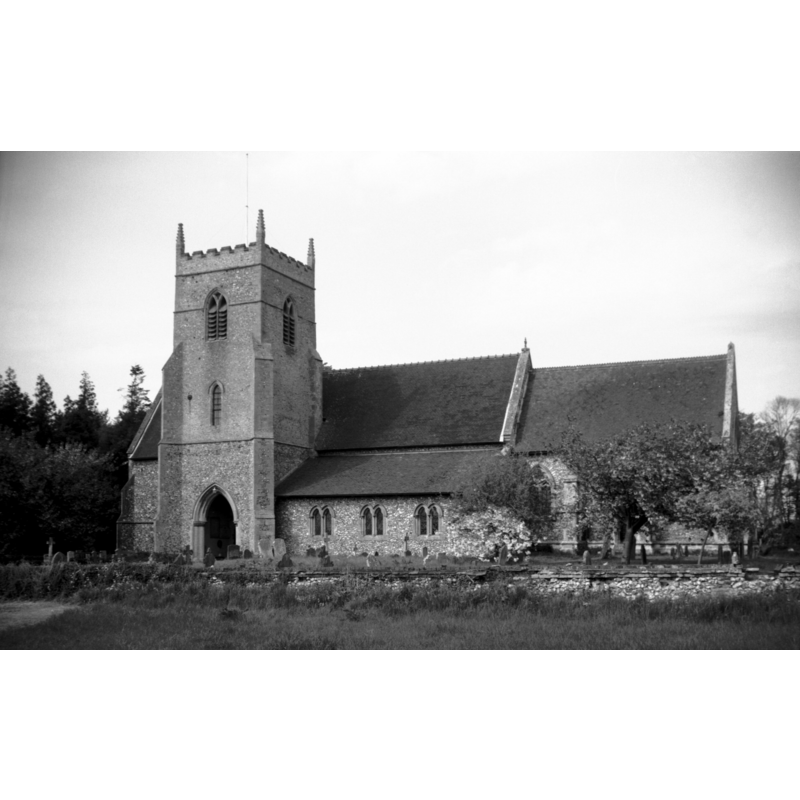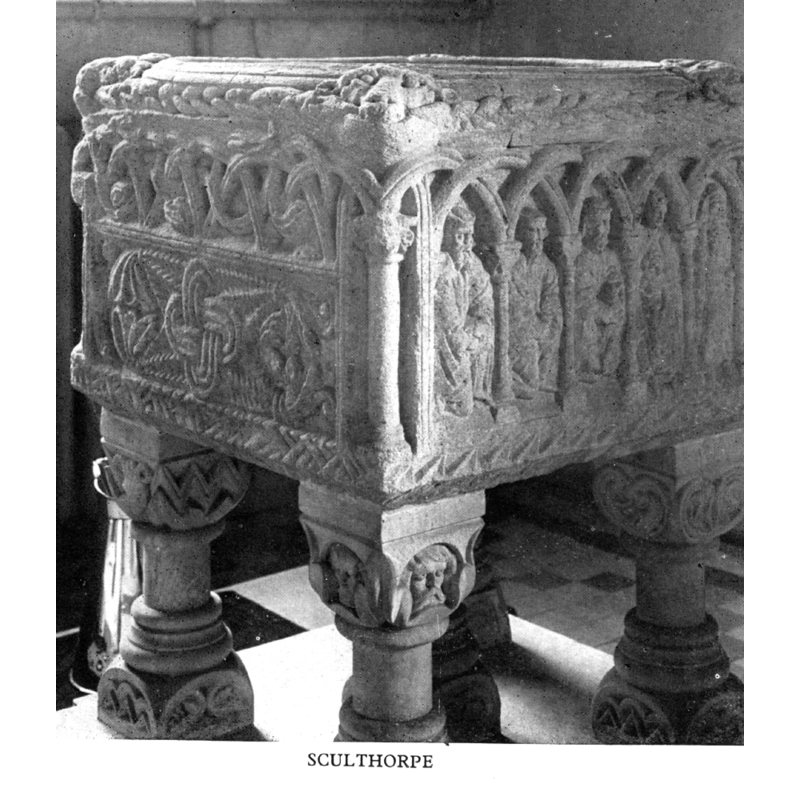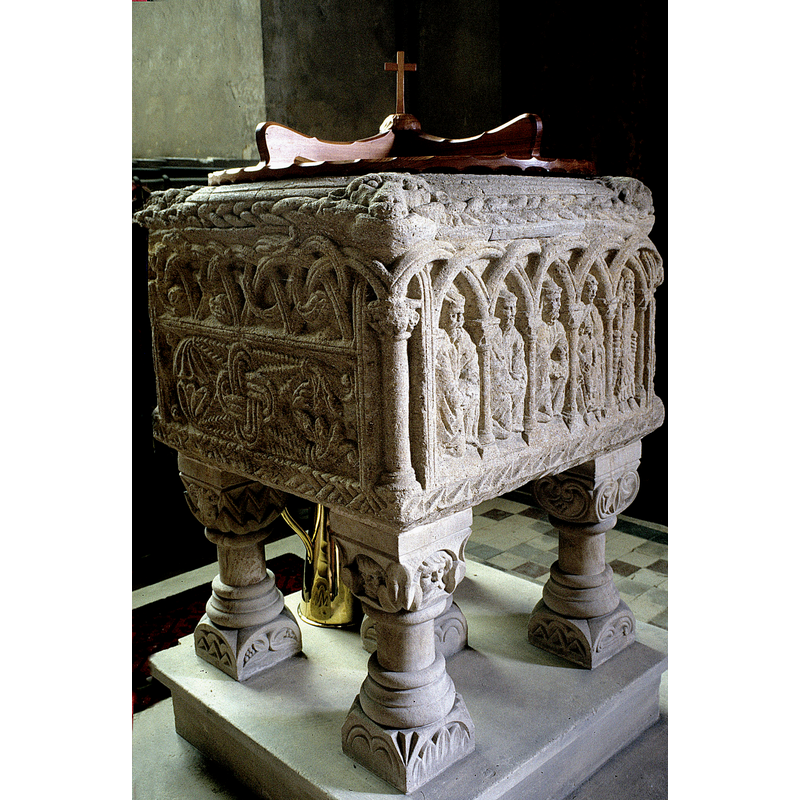Sculthorpe / Sculetorpa / Sculthorp

Image copyright © Baptisteria Sacra Index, 2023
Results: 18 records
BBU: animal - mammal - lion - head - 4
New Testament - Childhood and youth of Christ - three Wise Men - adoration of the kings - Joseph, Madonna and Child
design element - architectural - arcade - round arches - intersecting arches
design element - motifs - braid
Scene Description: all around the upper rim side, held by the beast heads at the corners
Copyright Statement: Image copyright © Timothy Marlow, 2015
Image Source: detail of a photograph taken 31 July 1985 by Timothy Marlow
Copyright Instructions: Image and permission received (letter of 26 October 2013)
design element - motifs - floral - 6-petal - in a circle
design element - motifs - interlace - linked circles
design element - motifs - quatrefoil - crossed by a circle between the eyes
design element - patterns - interlace
view of basin - east side
view of basin - northwest side
view of basin - south side
view of basin - west side
view of church exterior
view of church exterior - south view
Copyright Statement: Image copyright © George Plunkett, 2013
Image Source: B&W photograph taken 8 May 1993 by George Plunkett [www.georgeplunkett.co.uk/Norfolk/S/Sculthorpe All Saints church south side [6965] 1993-05-08.jpg] [accessed 30 July 2013]
Copyright Instructions: Standing permission by Jonathan Plunkett
view of font - south side
view of font - southeast side
view of font and cover - southeast side
INFORMATION
FontID: 00108SCU
Object Type: Baptismal Font1
Church/Chapel: Parish Church of St. Mary and All Saints
Church Patron Saints: St. Mary the Virgin & All Saints
Church Location: Creake Rd, Sculthorpe, Norfolk NR21 9NJ, UK
Country Name: England
Location: Norfolk, East Anglia
Directions to Site: Located on the A148, just NW of Fakenham, 40 km WNW of Norwich
Ecclesiastic Region: Diocese of Norwich
Historical Region: Hundred of Gallow [in Domesday]
Font Location in Church: Inside the church, at the W end of the N aisle
Century and Period: 12th century [basin only], Medieval [composite]
Cognate Fonts: Similar in general design, but not identical, to the fonts at Toftrees and Preston; also some similarities with the fonts at Fincham and Breckles
Credit and Acknowledgements: We are grateful to Jonathan Plunkett for the photograph of this church taken by his father, George Plunkett, 8 May 1993; we are also grateful to Timothy Marlow for his photographs of this font
Font Notes:
Click to view
There are two entries for Sculthorpe [variant spelling] in the Domesday survey [http://domesdaymap.co.uk/place/TF8931/sculthorpe/] [accessed 17 February 2015], one of which, in the lordship and tenancy of William of Warenne in 1086, mentions two churches and church lands in it. Blomefield (1805-1810) reports the entry under 'Sculetorpa' for "a church endowed with 40 acres" in the Domesday survey of 1086, notes: "The Church is dedicated to St. Mary or All-Saints", and names Henry de Dunton as first recorded rector, "about the reign of King John" [i.e., 1199-1216]. The baptismal font here is noted in Paley (1844) as perhaps one of a few fonts on which the salamander appears: "this creature typifies Baptism 'with the Holy Ghost and with Fire'" although, Paley adds, they are "usually represented on fonts as a lizard or a serpent-like animal." Speltz (1994) cites V. Rupricht-Robert's "Architecture normande du XI et XII siècle en Normandie et en Angleterre" as source. Described and ilustrated in Bond (1908) as a 12th century Norman font with a square bowl mounted on one central and four corner shafts; very elaborate interlacing with different patterns ornaments each of three sides; the fourth side of the bowl, on the east side, has the Adoration of the Magi, the three Magi standing in arches to the left, Mary with Child in the next and Joseph in the extreme right arch; even this side has intricate interlacing in it; the "X" pattern of the bottom band is similar to that of the Fincham font; dragons or salamanders appear on the sides as well. Described and illustrated in Cautley (1949). Described in Pevsner & Wilson (1999), who note the re-cutting of the Magi scene, and state that "the five legs are by Jekyll" [NB: actually 'Jeckyll', Thomas Jeckyll, Victorian architect and designer (1827-1881]. On-site notes: five columns, not the original base [cf. supra], support the limestone square basin; on the east side of the basin, Joseph is shown in the far arch to the right, then moving right to left, is the Madonna and Child, followed by the three Magi [cf. supra], each kneeling on one knee and carrying their gifts; four faces of beasts are carved on the top rim, one at each corner, holding in their teeth the braid that adorns the rim side; the ornamental motifs are beautiful and very well rendered. The basin well is lined with lead and has a central drainage hole. Repaired stone with replacements around the rim indicates damage consistent with earlier lid hardware. [NB: Clapham (1934) mentions an Adoration of the Magi scene at 'Scunthorpe", obviousle meaning 'Sculthorpe']. Noted and illustrated in Knott (2006). Modern wooden font cover, a sleek stylised version of the traditional Jacobean model.
COORDINATES
Church Latitude & Longitude Decimal: 52.847651, 0.812591
Church Latitude & Longitude DMS: 52° 50′ 51.55″ N, 0° 48′ 45.33″ E
UTM: 31U 352696 5857565
MEDIUM AND MEASUREMENTS
Material: stone, type unknown
Font Shape: square (mounted)
Basin Interior Shape: round
Basin Exterior Shape: square
Drainage Notes: lead-lined
Rim Thickness: 5-6 cm to 16-18 cm (inner most rim)
Diameter (inside rim): 55 cm
Basin Depth: 35 cm
Height of Basin Side: 44 cm
Basin Total Height: 47 cm
Height of Base: 57 cm (including plinth on which cols rest)
Font Height (less Plinth): 103 cm
Font Height (with Plinth): 120 cm (includes the second lower plinth)
Square Base Dimensions: 76 x 74 cn
Trapezoidal Basin: 66 x 66 cm sq.
Notes on Measurements: BSI on-site
LID INFORMATION
Date: modern
Material: wood, oak?
Apparatus: no
Notes: [cf. FontNotes]
REFERENCES
Allen, J. Romilly, "Notes on Early Christian Symbolism", N.S., VI, Proceedings of the Society of Antiquaries of Scotland, 1884, pp. 380-464; p. 420fn6
Blomefield, Francis, An essay towards a topographical history of Norfolk, 1805-1810
Bond, Francis, Fonts and Font Covers, London: Waterstone, 1985 c1908
Cautley, Henry Munro, Norfolk Churches, Ipswich: Norman Adlard & Co., 1949
Clapham, Alfred William, English Romanesque Architecture after the Conquest, Oxford: Clarendon Press, 1934
Friar, Stephen, The Sutton Companion to Churches, Thrupp, Stroud (Gloucs.): Sutton Publishing, 2003
Knott, Simon, The Norfolk Churches Site, Simon Knott, 2004. [standing permission to reproduce images received from Simon (February 2005]. Accessed: 2009-08-21 00:00:00. URL: www.norfolkchurches.co.uk.
Paley, Frederick Apthorp, Illustrations of Baptismal Fonts, London, UK: John van Voorst, 1844
Pevsner, Nikolaus, Norfolk 2: North-West and South (2nd ed.), London: Penguin, 1999
Ruprich-Robert, V., Architecture normande aux XIe et XIIe siècles en Normandie et en Angleterre, Paris: Libraririe des imprimeries réunies, 1884-1889
Speltz, Alexander, Styles of Ornament: a Pictorial Survey of Six Thousand Years of Ornamental Design, New York: Gramercy Books, 1994(c1910)
Tyrrell-Green, E., Baptismal Fonts Classified and Illustrated, London: Society for Promoting Christian Knowledge: The Macmillan Co., 1928
